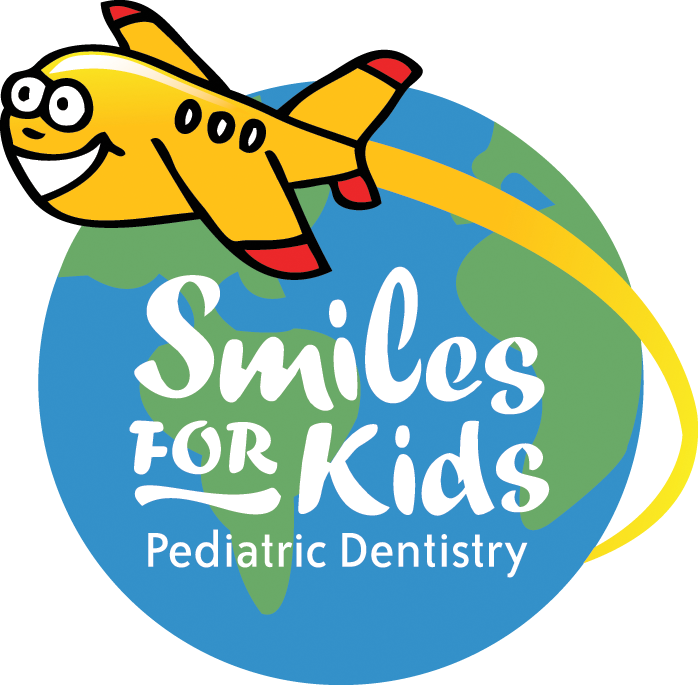Opting for a pediatric dentist over a general dentist is no different from choosing a pediatrician over a family doctor for your kids. A general dentist is great for adults, but having specialized in a children’s growth and development, baby teeth formation and treatment, as well as behavior management makes pediatric dentists a better choice when it comes to your child’s oral care.
Extra training and education:
Many children are not cooperative during early teeth check-ups and cleanings. In this aspect, a pediatric dentist’s additional 2-3 years of hands-on training and education in child psychology and development is definitely an advantage. They are specially trained to make your tots feel safe during treatments and explain oral care and procedures in a manner understandable by kids. We also have highly trained staff that understands that approaching children is a delicate matter and can make little ones’ visits exciting and fun.
Latest technology to work quick and efficiently:
Aside from this, pediatric dentists use equipment that is specifically designed for children. Parents can expect the latest technology in ensuring gentle yet effective procedures. After all, kids are known for being impatient so pediatric dentists need to be fast and accurate and must use tools that can complement such a pace.
An office environment catered to children:
A pediatric dentist’s office is also something to look forward to as it is often decorated with children in mind. Having a child-friendly office makes children comfortable and cooperative. Children can play or read books while waiting for their appointment. In our office we offer toys for kids of all ages from toddler towers and picture books to video games and movies for our older patients.
Sedation options to relieve fear and anxiety:
For very young children or those who are extremely fidgety, sedation may be administered by a pediatric dentist if treatment of cavities is needed. Options depend on the child’s needs and range from giving oral medications to applying topical anesthetics, using nitrous oxide or going through general anesthesia. The first three techniques leave patients conscious but relaxed or numbed while the last technique renders the patient completely asleep to accomplish treatment.
Ability to help children with special health care needs:
Treatment of children with mental or physical disabilities is also part of pediatric dental training. In fact, even adults with disabilities and special conditions can benefit from the expertise of pediatric dentists. Examples are those with cerebral palsy, Down syndrome and seizure disorders. A good pediatric dentist will be happy to accommodate all questions from both parents and children and discuss the advantages, as well as risks, of various procedures.
Anticipatory guidance for parents of babies, toddlers, adolescents and teens:
Pediatric dentists welcome patients from infancy to adolescence. Babies as young as twelve months should be brought to the dentist for tooth decay prevention. These appointments educate and guide parents to keep their children’s baby teeth healthy. Toddlers are counseled about pacifier or thumb sucking habits. As for teenagers, pediatric dentists understand their need to keep a pleasing appearance. They guide their older patients to the right treatments in correcting teeth, veneers, teeth bleaching and orthodontia.
This specialized approach to kids of all ages is what makes pediatric dentists the superior choice for children’s dental needs. Pediatric dentists will then pass on a well behaved, excited about oral health and hygiene and well educated patient to their general dental colleagues.




















